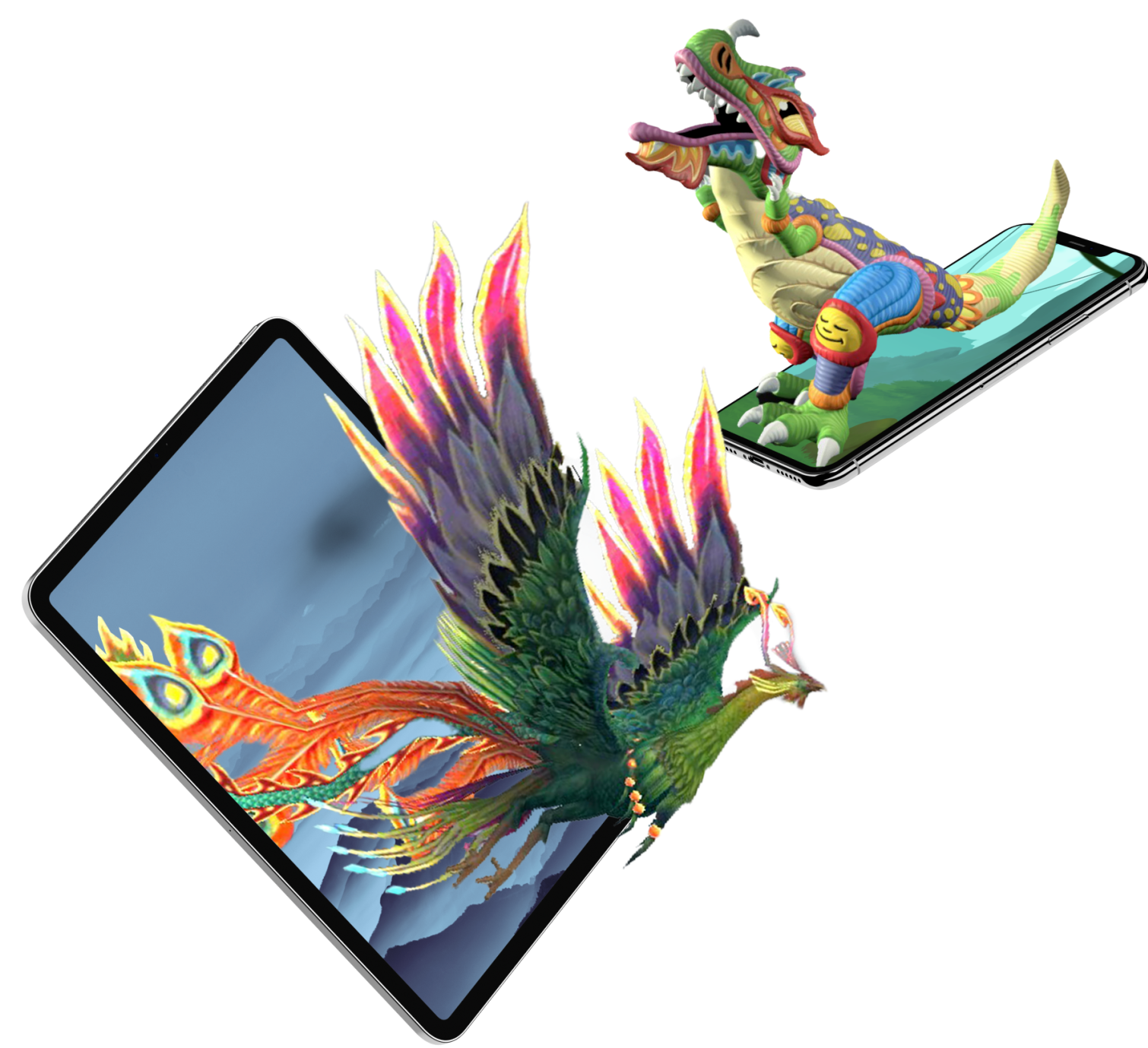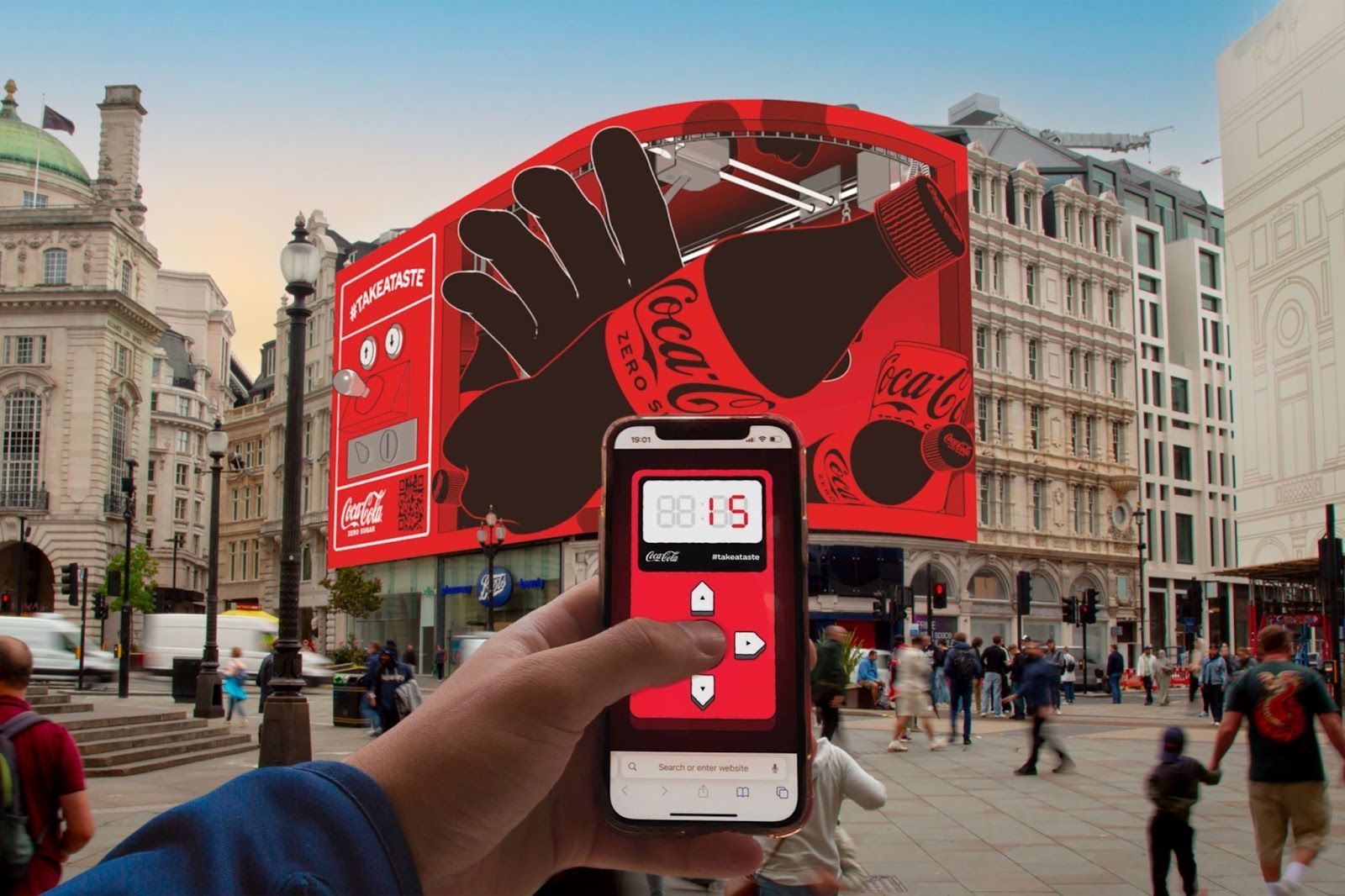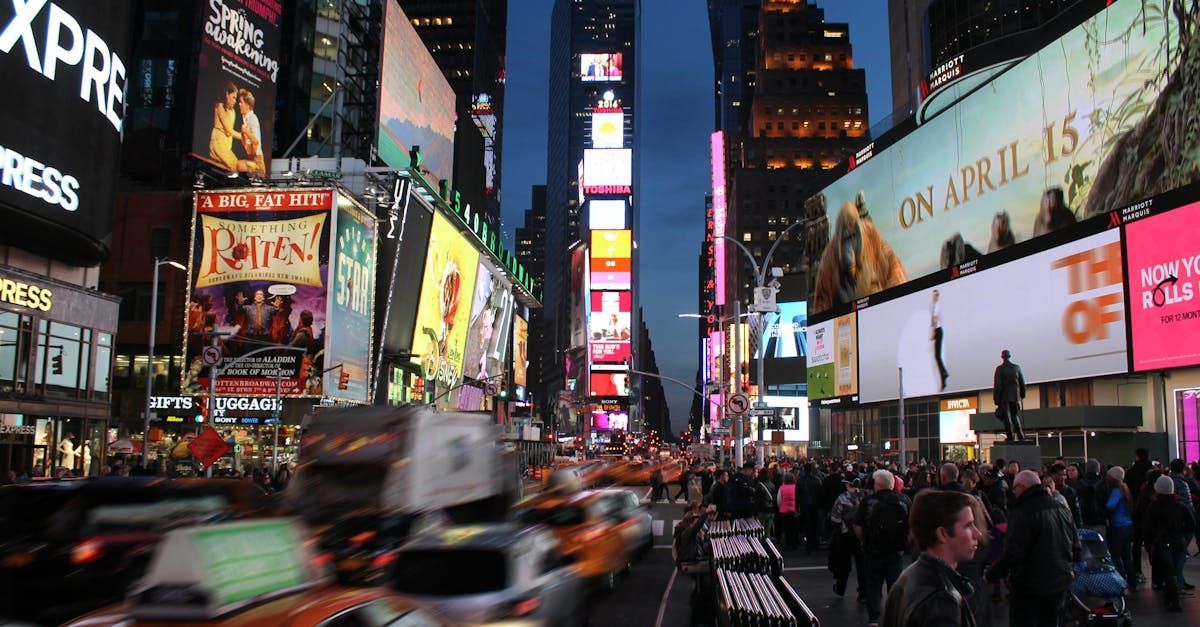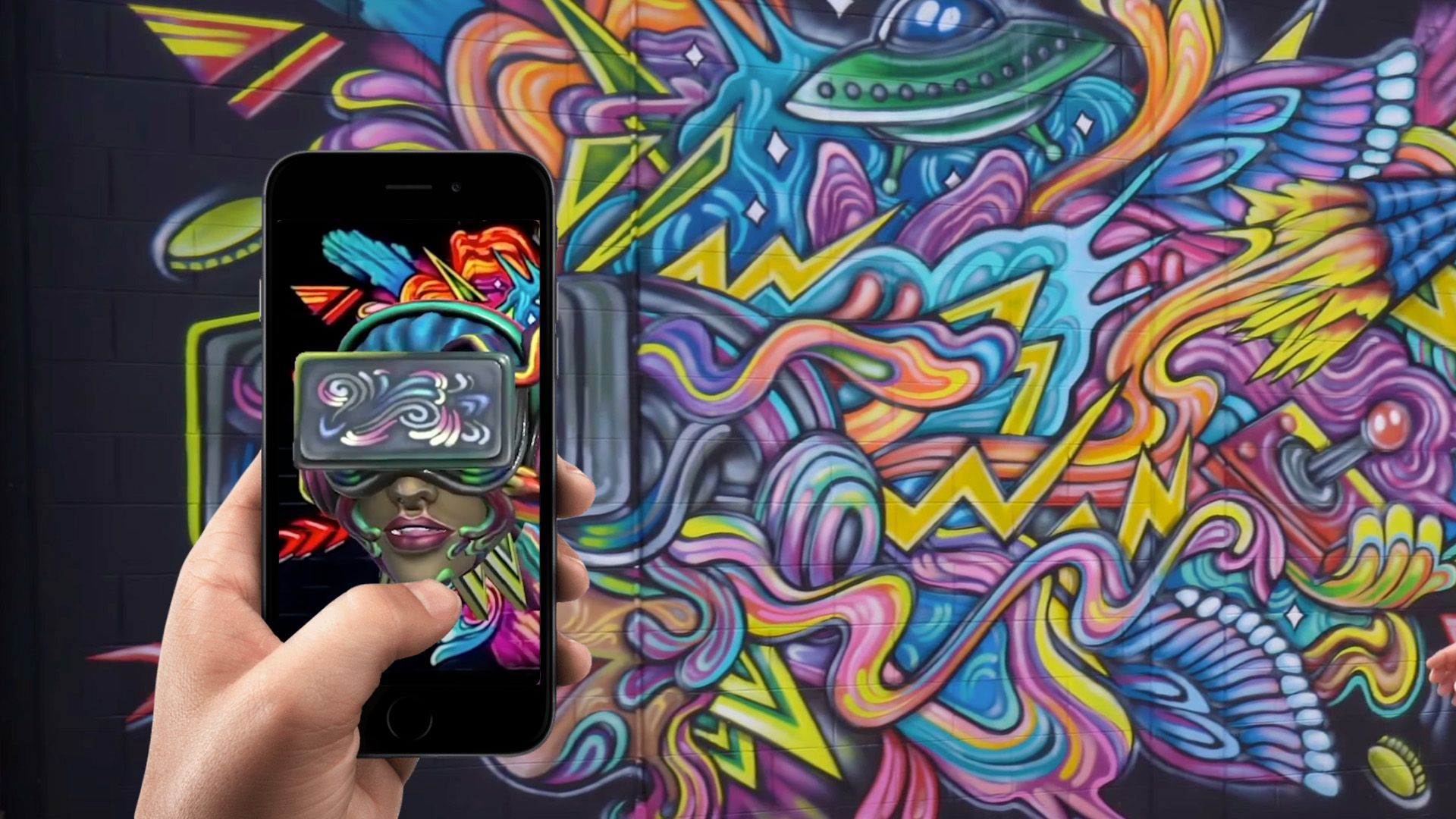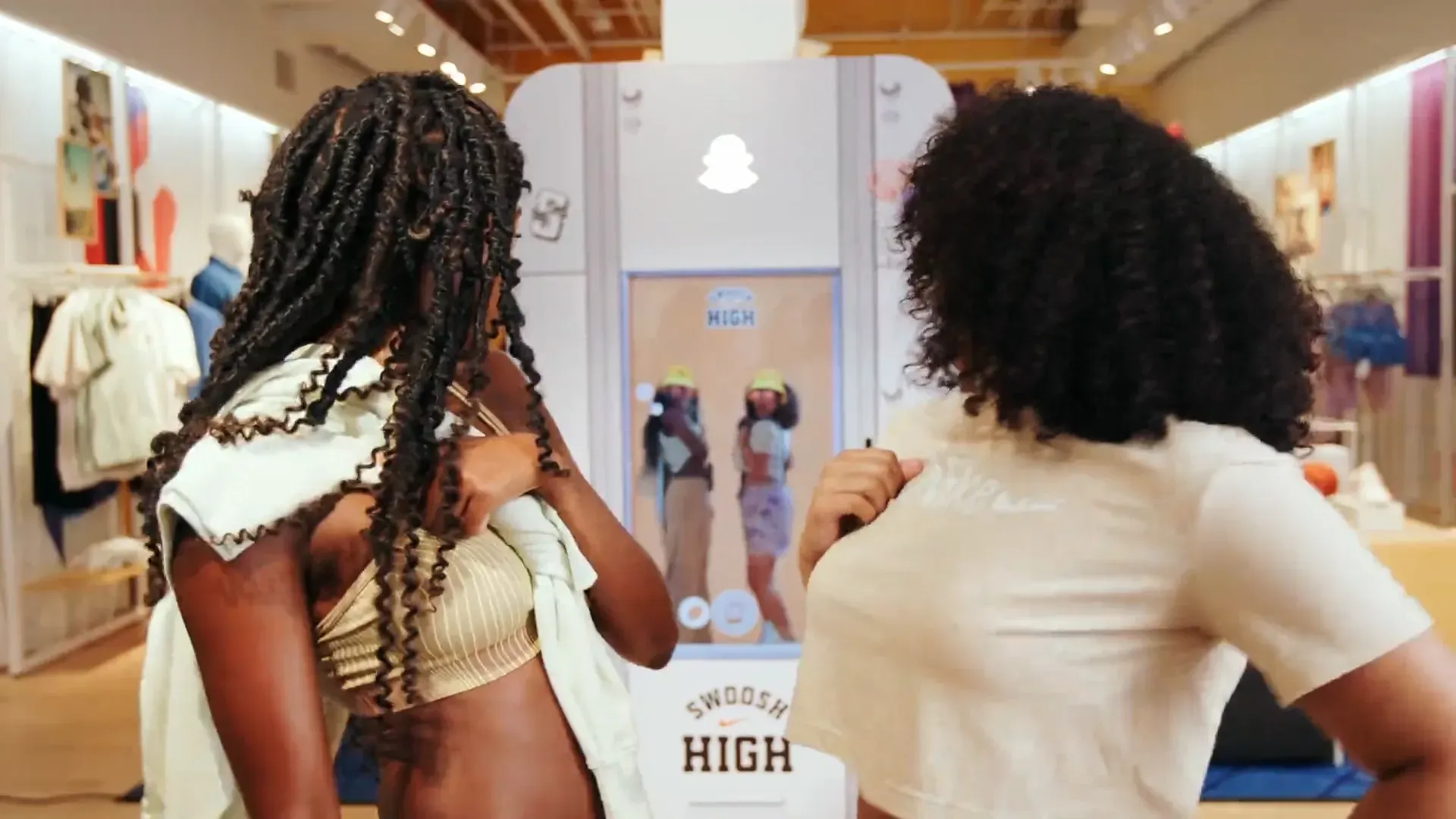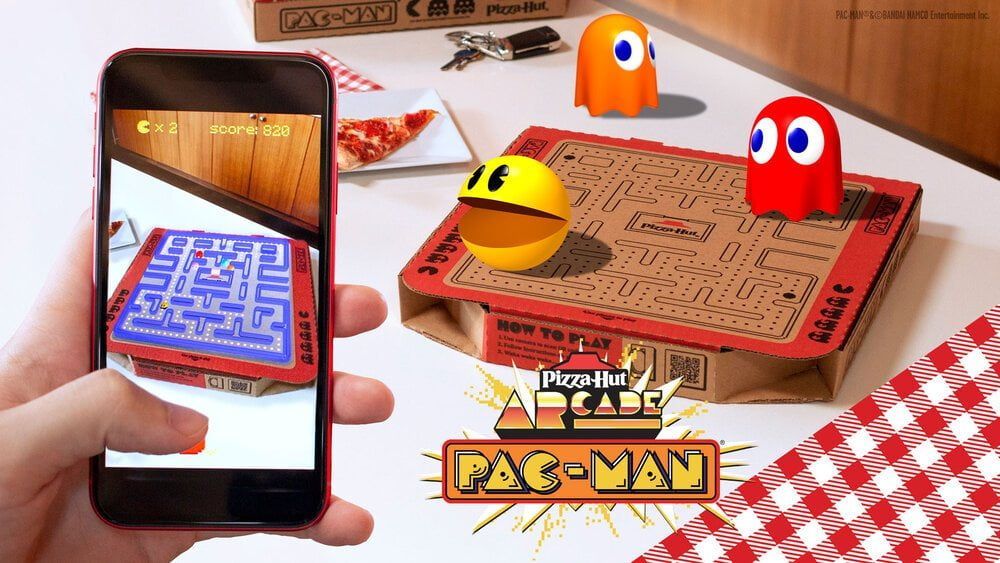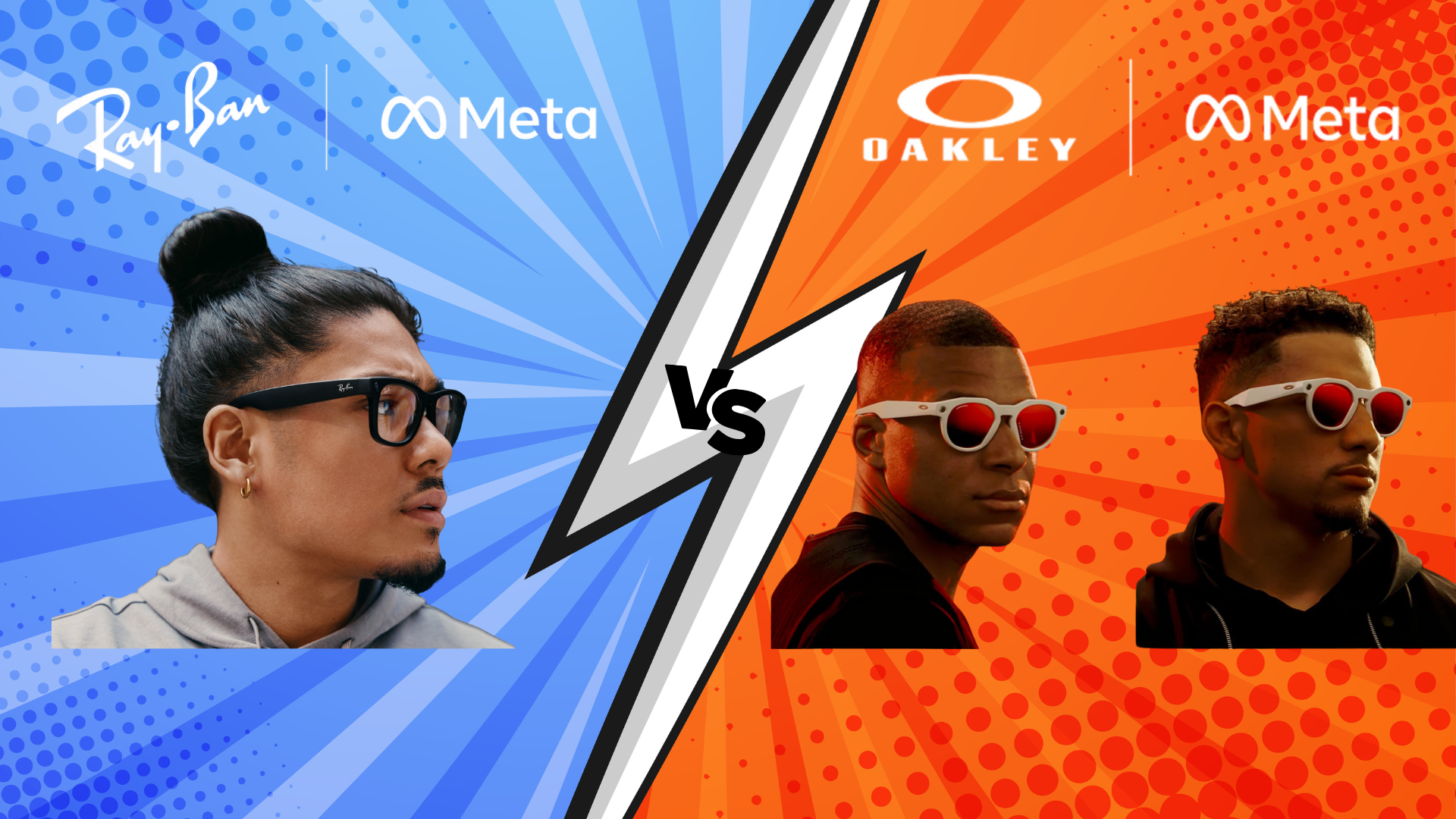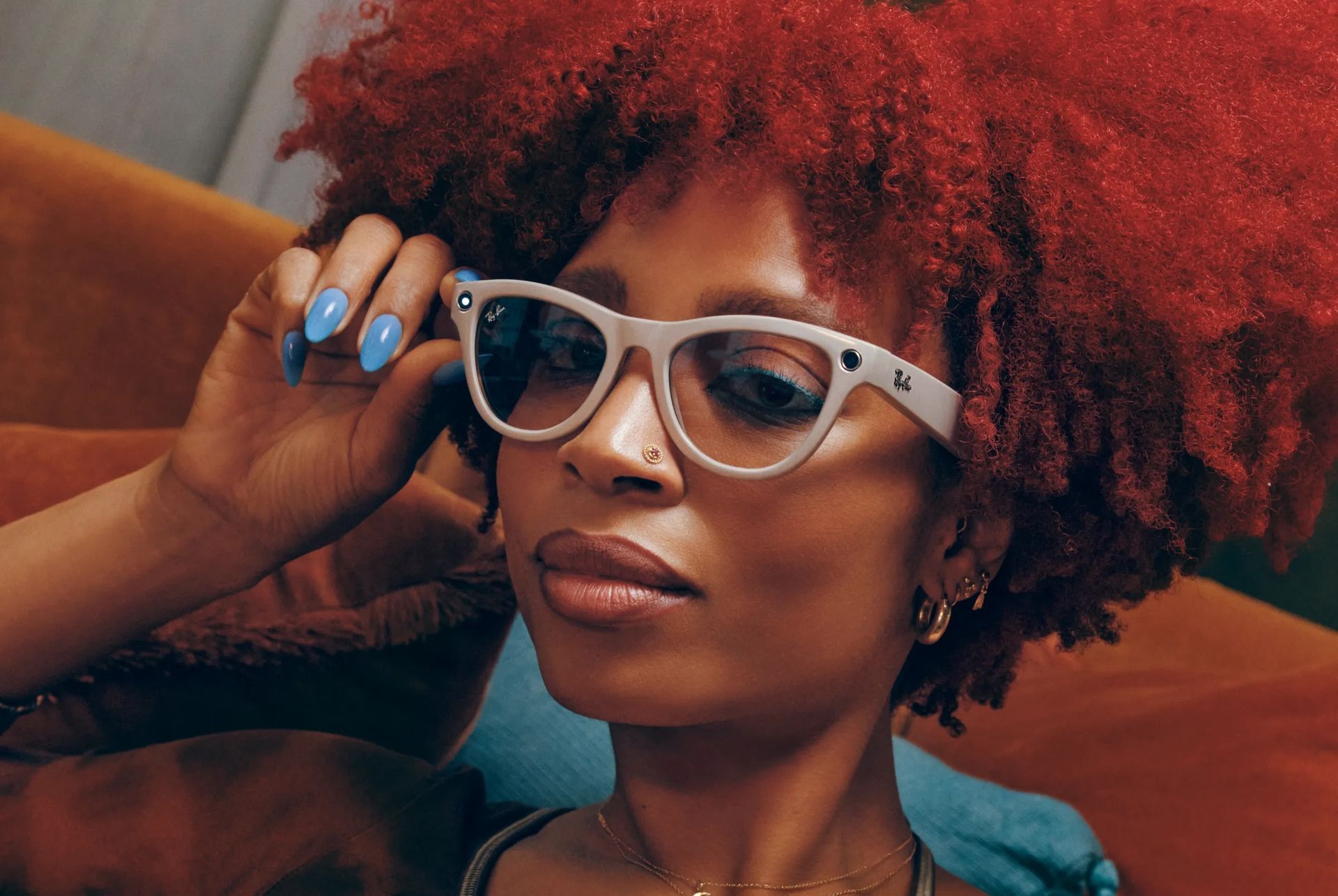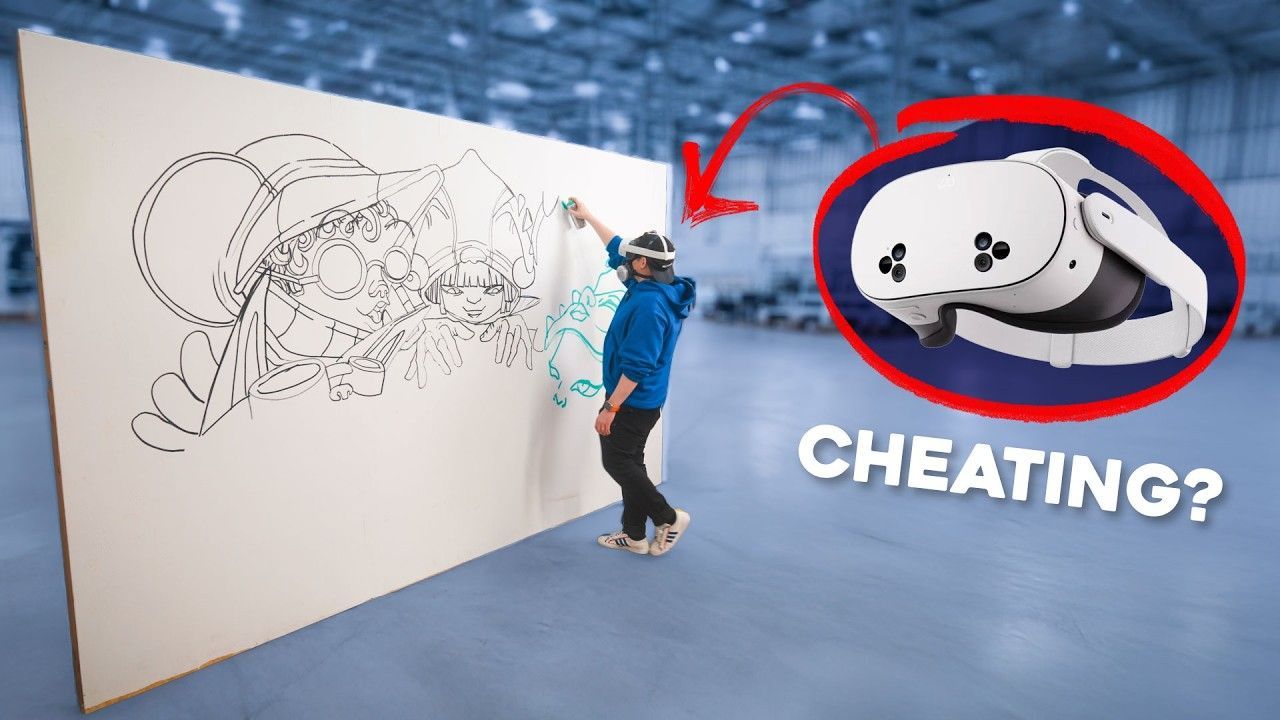Why Murals Work Better Than Billboards: A Modern Take on Outdoor Advertising
In a world saturated with traditional advertising, murals stand out as a dynamic and engaging form of outdoor promotion. Unlike billboards, which can often blend into the urban landscape, murals captivate audiences with their artistic allure and localized charm. Here’s why murals are increasingly seen as a superior choice to billboards for brands aiming to connect with communities.
1. The Power of Art in Advertising
Murals are more than just advertisements—they are works of art. These hand-painted displays, created by local artists, showcase unique talent and craft, giving them an authentic feel that billboards often lack. A mural’s vibrant colors, intricate designs, and textured surfaces evoke a sense of wonder, pulling people in and encouraging them to engage with the artwork personally.
This appeal isn't solely about aesthetics; it’s about immersion. Unlike billboards' static, printed visuals, murals offer a dynamic experience. People passing by see them as part of the cityscape—a public art installation that beautifies rather than disrupts.
2. Capturing Attention in an Urban Jungle
Billboards often lose their impact in urban areas teeming with visual clutter. Murals, however, have a way of standing out precisely because they are unexpected. A well-executed mural captivates and commands attention without demanding it. Its unique placement on building facades or underpasses becomes a magnet for eyes accustomed to the mundane.
Additionally, murals create visual landmarks. People begin associating certain areas with the artwork, and businesses benefit from being associated with such memorable spots. This organic appeal surpasses the transient, often overlooked nature of billboard ads.
3. Strengthening Community Ties
Murals foster a sense of community. By engaging local artists and reflecting the neighborhood’s identity, murals resonate with nearby people. When residents see their own culture, history, or values reflected in a mural, they feel a deeper connection to the space. This, in turn, makes them more receptive to the advertising embedded within the artwork.
Murals also empower property owners and businesses to contribute to their community’s visual landscape. By supporting mural advertising, businesses actively participate in neighborhood beautification, enhancing their image as community-oriented enterprises.
4. Interactive and Immersive Experiences
Today, the blend of art and technology has elevated murals into immersive experiences through augmented reality (AR). AR-powered murals, like those offered by platforms such as BrandXR, take engagement to new heights. By scanning a QR code or using an AR app, viewers can interact with the mural, unlocking animations, videos, or even games related to the artwork.
This level of interactivity is virtually impossible with static billboards. Murals integrating AR stand out and become shareable social media content as visitors eagerly post their experiences online. The viral potential of an interactive mural is unparalleled, transforming viewers into brand ambassadors who spread the message far beyond the mural’s physical location.
5. A Permanent Presence with High Impact
While billboards are usually rented for limited periods, murals offer a semi-permanent presence that reinforces brand recall. A mural becomes part of the building; unless painted over, it can last for years. This extended visibility provides long-term benefits for brands, allowing them to remain visible in the community without the recurring rental costs associated with billboard space.
In terms of impact, murals also allow for flexibility in scale and detail that billboards cannot replicate. Artists can work with the building's architecture, weaving designs into windows, doors, or other structural features. This approach makes murals visually interesting and helps them blend harmoniously with their surroundings, enhancing their longevity and appeal.
6. Engagement Beyond Physical Boundaries: Social Media and Viral Content
Murals inherently encourage social media sharing. As eye-catching works of art, they are prime for Instagram, TikTok, and other social media platforms. By including a unique hashtag or a QR code that links to additional content, brands can extend the mural’s reach, creating a bridge between physical and digital spaces.
People naturally want to take photos with murals, especially when they’re large, colorful, and intricate. This creates a steady stream of user-generated content as visitors share their mural encounters online. Brands that sponsor murals gain access to free digital advertising each time a visitor posts about the artwork, exponentially increasing the mural’s ROI compared to traditional billboards.
7. Environmentally Friendly and Community-Conscious
Murals are a sustainable alternative to billboards, often involving plastic and other non-recyclable materials. With their minimal environmental footprint, murals appeal to eco-conscious consumers who value brands that consider their environmental impact. For communities, this environmental consideration further enhances the appeal of mural advertising, as it shows a brand’s commitment to reducing waste and respecting public spaces.
8. Supporting Local Talent and Economy
Hiring a local mural artist to create an ad brings artistic authenticity and supports the local economy. Local artists infuse their work with cultural relevance, often weaving in subtle details that resonate with neighborhood residents. This level of community involvement makes murals feel more like contributions than intrusions, garnering goodwill that billboards rarely achieve.
In addition, as murals highlight local talent, they also elevate the artist’s profile, potentially leading to more commissions and collaborations. This mutual benefit creates a ripple effect, as the brand that sponsors the mural gains respect and admiration within the local creative community.
9. Adaptability for Comprehensive Campaigns
Murals can be part of a larger, integrated campaign that spans various media. For instance, a mural can anchor a campaign that includes social media, in-store events, and digital ads. Brands can increase engagement by periodically updating the mural with new content or incorporating AR elements to keep it fresh and relevant.
The adaptability of murals also extends to their themes and styles, which can be tailored to reflect seasonal changes, current events, or product launches. This flexibility keeps the mural in sync with the brand’s messaging and maintains viewer interest over time.
10. Final Thoughts: Choosing Murals Over Billboards
Deciding between murals and billboards boils down to budget, impact, longevity, and engagement. Murals offer brands an affordable, artistic, community-friendly, and interactive way to advertise. They create lasting impressions, encourage social sharing, and seamlessly integrate into urban environments, resonating deeply with the local community.
By embracing mural advertising, brands reach their audience and become a celebrated part of the cultural landscape. In contrast to the commercialized feel of billboards, murals represent a harmonious blend of art and advertising, enriching spaces and inspiring viewers. As technology advances, the potential of murals—especially with augmented reality—continues to grow, making them an increasingly attractive alternative to traditional billboard advertising.
TALK TO A PRO
We're here to bring your brand to life!
Stay Connected with BrandXR
Create Augmented Reality for Free!
Create, Publish, and Measure 3D Augmented Reality Experiences Without Having to Code.
